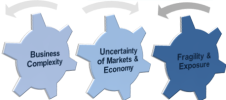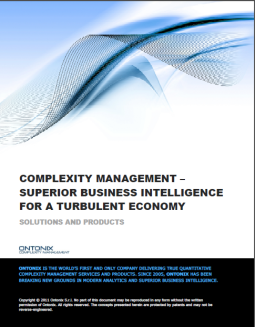It’s not a behavioural problem: it’s the system
Friday, 13 September, 2013 Leave a comment
What we need if we want organisational transformation, if we want more effective organisations, if we want people to find the work they do meaningful: we need to work with the whole system. A buddy of mine in England recently observed that most people seem uninterested in effectiveness. Sad but true, I fear. Still desperately clinging on to “scientific” management mythologies, many folks just seem to want the numbers to add up and people to do what they’re told. A scary prospect if your business has just appointed a new global CEO who is a bean-counter by background and disposition and whose single-minded purpose is to show the shareholders that they are getting richer every quarter. Calling a performance issue a “behavioural problem” comes out of a mechanistic worldview. Yuck.
Don’t ask a systems thinker for advice on managing performance or staff engagement. They will probably say something pretty fruity and you’ll wind up frustrated by how fervently they trash conventional wisdom on the subject. Of course performance, engagement, recruitment, they’re all connected, so your systems thinking friend will sound like a fruit loop because they’ll see the whole picture and proceed to suggest that you are asking the wrong questions, when all you wanted to know is “how to get people to do stuff”. You go to them as a sounding board because there is something you like about the way they think; when you’ve talked previously, they come up with ideas that seem counter-intuitive at first, but are actually surprisingly on the money. However, when it comes to a sticky situation you are actually dealing with, you don’t want to hear them bang on about the system, the…
View original post 1,724 more words

















